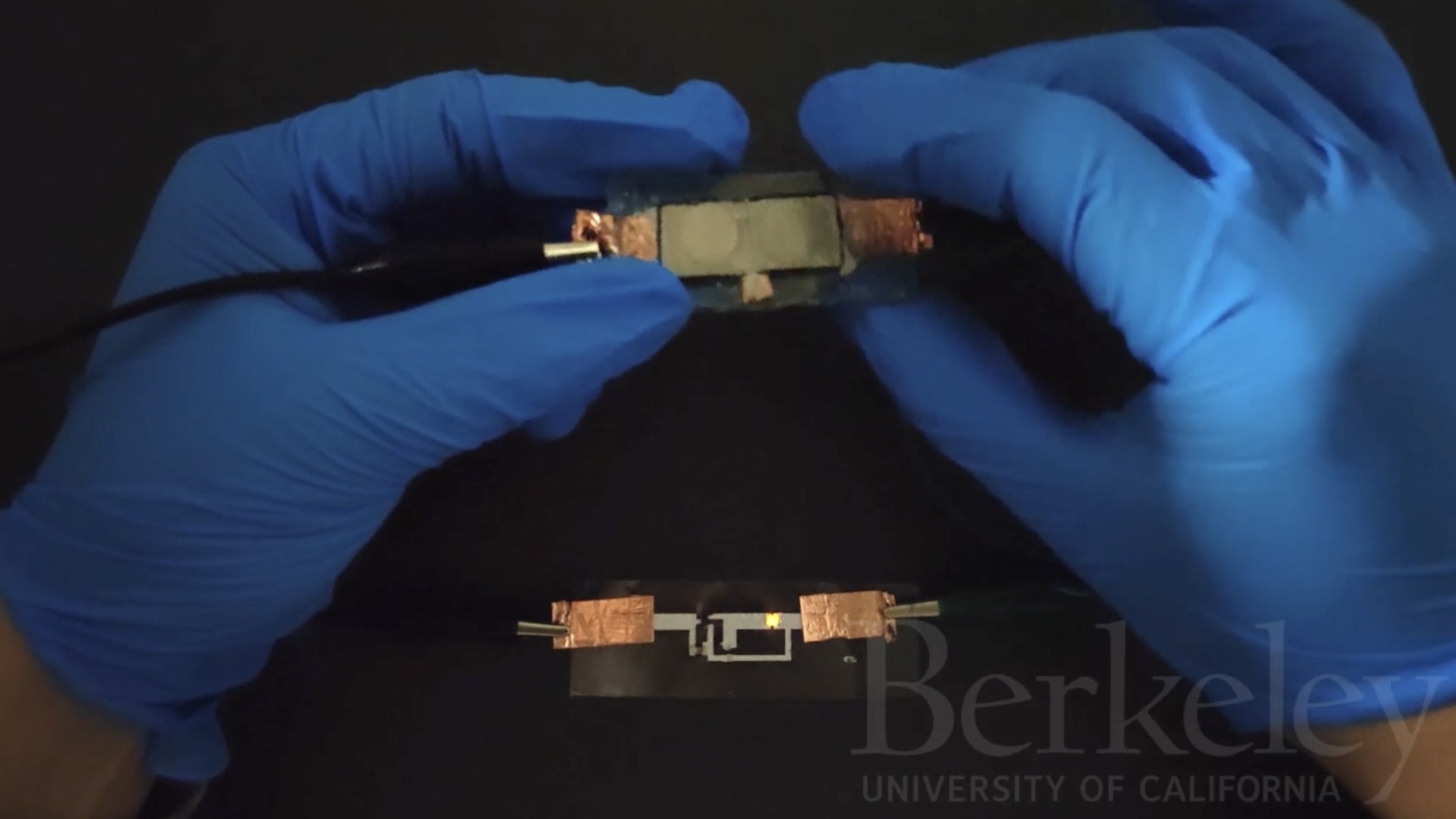Researchers have observed an elusive quantum phenomenon that was first predicted more than 50 years ago. This process, which forms a new state of matter, may have ramifications for future quantum computing.
The phase, called a superradiant phase transition (SRPT), is the result of two independent groups of quantum particles beginning to fluctuate in a way that’s both coordinated and collective, the scientists said in a new study published April 4 in the journal Science Advances.
In this case, the two groups of particles were iron ions and erbium ions inside a crystal. Researchers were able to induce the phenomenon by applying a magnetic field — over 100,000 times stronger than the Earth’s — to a crystal made of erbium, iron and oxygen after cooling it to -457 °F (-271.67 °C), temperatures nearing absolute zero.
Under those conditions, the team was able to observe unmistakable signatures of an SRPT within the crystal. Their observations exactly matched predictions of what an SRPT would look like according to a famous model formulated by Robert H. Dicke in 1954.
The so-called Dicke model was the first to describe the phenomenon of superradiance — where excited atoms emit light faster than normal atoms — and laid the groundwork for understanding the superradiant phase transition as a distinct state of matter arising from strong interactions between light and matter. It was further elaborated on by Klaus Hepp and Elliot H. Lieb in 1973 who formally demonstrated the existence of this phase transition.
Related: Government scientists discover new state of matter that’s ‘half ice, half fire’
“Originally, the SRPT was proposed as arising from interactions between quantum vacuum fluctuations — quantum light fields naturally existing even in completely empty space — and matter fluctuations,” said co-lead author Dasom Kim, a doctoral student in applied physics at Rice University, in a statement. “However, in our work, we realized this transition by coupling two distinct magnetic subsystems — the spin fluctuations of iron ions and of erbium ions within the crystal.”
Spin describes the angular momentum of an elementary particle or atom. It dictates the behavior in magnetic fields and is important for determining the statistical properties of collections of particles, which, in turn, influence the structure of matter and the nature of fundamental forces. When excitation created by thermal fluctuations, alternating magnetic fields or other sources causes a wave-like disturbance across a pattern of spins in a material, it’s called a magnon.
In the past, SRPT was branded a “no-go theorem” because it violated a fundamental limitation of light-based systems. But creating a magnonic version of the phenomenon allowed the team to bypass this restriction. In their experiment, the iron ions’ magnons play the role normally occupied by vacuum fluctuations, and the erbium ions’ spins fill in for matter fluctuations.
Researchers were able to clearly observe the disappearance of one spin mode’s energy signal and a shift in the other — unmistakable evidence of an SRPT.
“We established an ultrastrong coupling between these two spin systems and successfully observed a SRPT, overcoming previous experimental constraints,” Kim said.
The unique characteristics of an SRPT could have important implications for a diverse number of quantum technologies. This is due to a phenomenon called quantum squeezing, where fluctuations are reduced in one measurable property of a quantum system below the standard quantum limit (though fluctuations increase in another property).
“Near the quantum critical point of this transition, the system naturally stabilizes quantum-squeezed states — where quantum noise is drastically reduced — greatly enhancing measurement precision,” Kim said in the statement. “Overall, this insight could revolutionize quantum sensors and computing technologies, significantly advancing their fidelity, sensitivity and performance.”
There are further advantages beyond the precision of quantum measurements and computations due to an SRPT stabilizing quantum squeezed states, as well. Because SRPT arises from the collective behavior of many quantum particles, it could provide a form of built-in protection against individual qubit errors and decoherence, which are major hurdles in current quantum computing. The synchronized behavior could lead to more robust and stable qubits with longer coherence times. It’s also possible that the strong, coherent interactions within an SRPT could lead to faster gates (the building blocks of quantum algorithms).














